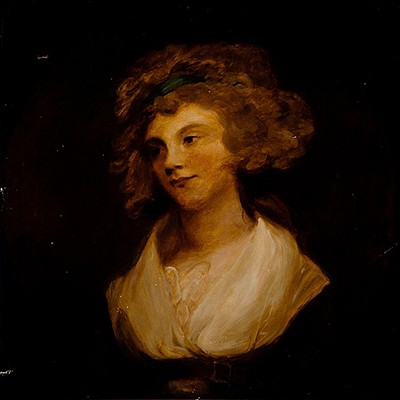Attributed to JUAN DE ANCHIETA (Azpeitia, Guipúzcoa, c. 1540 - Pamplona, 1588). "Christ tied to the column". Carved and polychrome wood.
About Seller
Carrer Aragó 346
Barcelona
Spain
Setdart Subastas was born in 2004 and is currently the first online art auction in Spain with solidity, prestige and reliability guaranteed by our more than 60,000 users. Setdart has a young, dynamic and enterprising team ready to successfully manage the purchase and sale of art works through custom...Read more
Two ways to bid:
- Leave a max absentee bid and the platform will bid on your behalf up to your maximum bid during the live auction.
- Bid live during the auction and your bids will be submitted real-time to the auctioneer.
Bid Increments
| Price | Bid Increment |
|---|---|
| EUR€0 | EUR€10 |
| EUR€200 | EUR€25 |
| EUR€500 | EUR€50 |
| EUR€1,000 | EUR€100 |
| EUR€3,000 | EUR€200 |
| EUR€5,000 | EUR€500 |
| EUR€10,000 | EUR€1,000 |
| EUR€20,000 | EUR€2,000 |
| EUR€50,000 | EUR€5,000 |
About Auction
Nov 25, 2021
Setdart Auction House sofia@setdart.com
- Lot Description
Attributed to JUAN DE ANCHIETA (Azpeitia, Guipúzcoa, c. 1540 - Pamplona, 1588). "Christ tied to the column". Carved and polychrome wood. It presents jumps in the carving and polychromy. The pedestal is from a later period. Measurements: 32.5 x 9 x 9 cm; 43 x 17 cm (with pedestal). In this round sculpture Christ is represented being tied to a low column, an episode belonging to the cycle of the Passion. It is a highly dramatic theme, but not narrative, designed to incite the faithful to be moved by the physical suffering of Christ and to admire his acceptance of the misfortunes he must suffer to redeem humanity. The scene takes place in the Praetorium of Jerusalem, the center of Roman power, where Christ has arrived for the second and last time, after passing through different instances. He is exhibited before the crowd ("Ecce Homo"), who preferred to free Barabbas rather than him and, either before or after this exhibition, he is stripped of his clothes and tied to a pillar, where he will be subjected to mockery regarding his alleged crime, being "king of the Jews", and tortures, including scourging and crowning with thorns. Due to its style, this work can be attributed to Juan de Ancheta, a baroque sculptor belonging to the Romanist School, a current of Spanish mannerism that shows a marked influence of the Italian authors who worked in Rome, especially Raphael and Michelangelo. The Romanist style is especially characterized by its monumentality and powerful anatomies, features that are clearly seen in this carving. In fact, Juan de Ancheta was probably trained in Italy, given that his style reveals influences from Italian masters, although there is no documentation to support this trip. By 1565 Ancheta was in Valladolid, but shortly thereafter he was in Briviesca, presumably collaborating with Gaspar Becerra on an altarpiece for the church of the convent of Santa Clara. In fact, Ancheta's style shows the influence of Becerra's mannerism, enriched with the classicism of contemporary Roman sculpture. It is believed that the sculptor returned to work with Becerra around 1558, on an altarpiece.
Dimensions:
INV Number:
32.5 x 9 x 9 cm; 43 x 17 cm (with pedestal).
35121917 - Shipping Info
-
In-house shipping available. Please inquire at admin@setdart.com.
-
- Buyer's Premium



 EUR
EUR CAD
CAD AUD
AUD GBP
GBP MXN
MXN HKD
HKD CNY
CNY MYR
MYR SEK
SEK SGD
SGD CHF
CHF THB
THB

















